17th century.
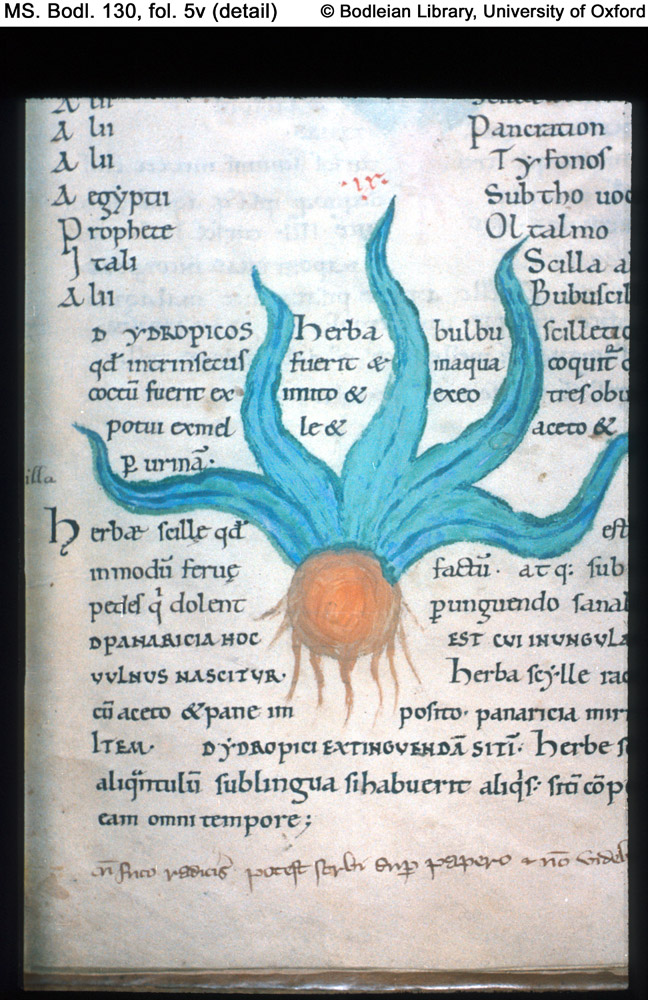
Albrecht Durer. 1503. Germany
Otto Brunfels
Increasingly detailed and accurate illustrations were an essential part of the movement toward scientific botany. With the publication of Otto Brunfels’s Herbarium vivae eicones in the 1530s, printed illustrations were based for the first time upon direct examination of living plants by the artist. Brunfels broke with the tradition of stylized plant illustration. His Herbarum is a return to nature: the plants in it are represented as they appear to the eye and not in their conventional form as in earlier herbals. Hans Weiditz drew the images for the woodcuts, depicting each specific plant as he observed it, complete with its underground structures and damages leaves.
Increasingly detailed and accurate illustrations were an essential part of the movement toward scientific botany. With the publication of Otto Brunfels’s Herbarium vivae eicones in the 1530s, printed illustrations were based for the first time upon direct examination of living plants by the artist. Brunfels broke with the tradition of stylized plant illustration. His Herbarum is a return to nature: the plants in it are represented as they appear to the eye and not in their conventional form as in earlier herbals. Hans Weiditz drew the images for the woodcuts, depicting each specific plant as he observed it, complete with its underground structures and damages leaves.
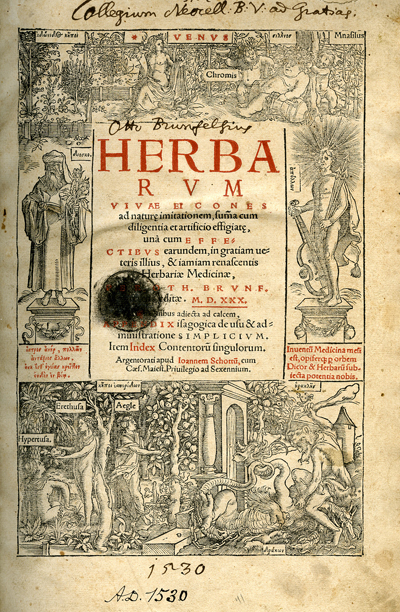
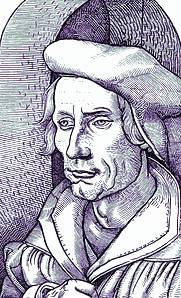
Otto Brunfels (1488-1534)
A physician and naturalist.
A physician and naturalist.
Herbarium vivae eicones. 1530s. Written by Otto Brunfels, woodcuts by Hans Weiditz
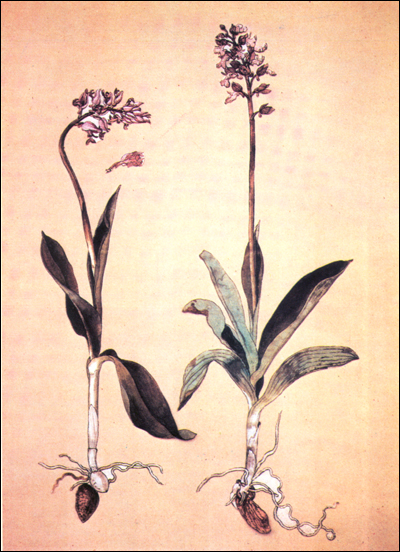
Hans Weiditz. Hand-colored woodcut
from Otto Brunfels (1530)
from Otto Brunfels (1530)
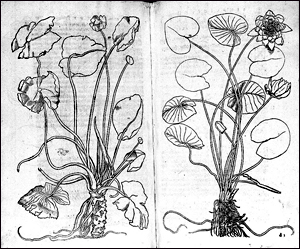
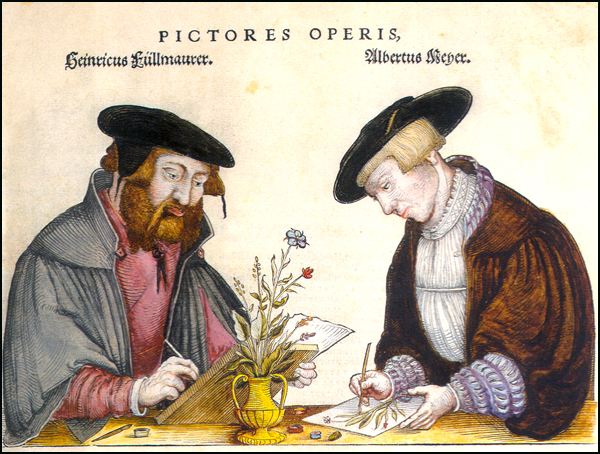
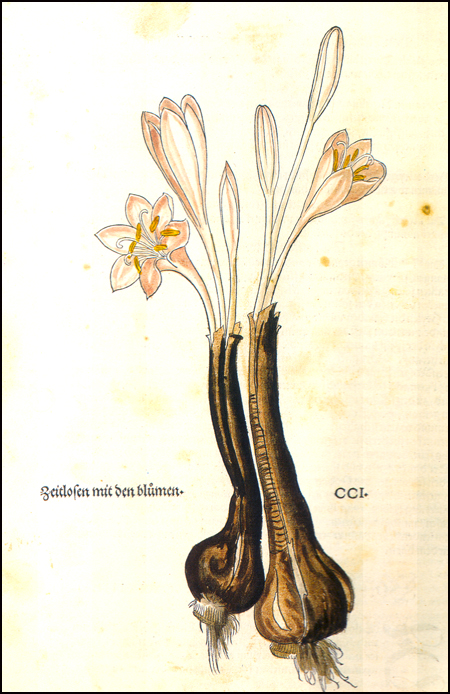
Leonhart Fuchs.1542. Basel
Leonhart Fuchs (1501 – 1566)
Was a German physician and one of the three founding fathers of botany, along with Otto Brunfels and Hieronymus Bock
Was a German physician and one of the three founding fathers of botany, along with Otto Brunfels and Hieronymus Bock
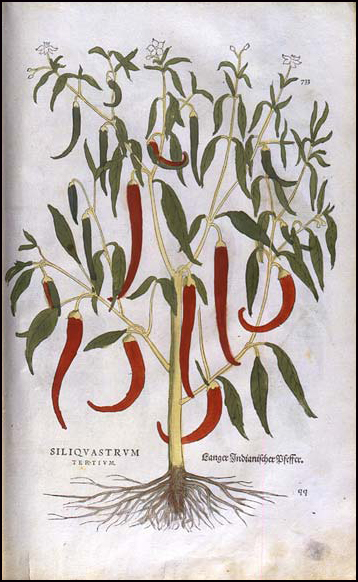
Joris (George) Hoefnagel .1542-1601.
Flemish painter and engraver
Flemish painter and engraver
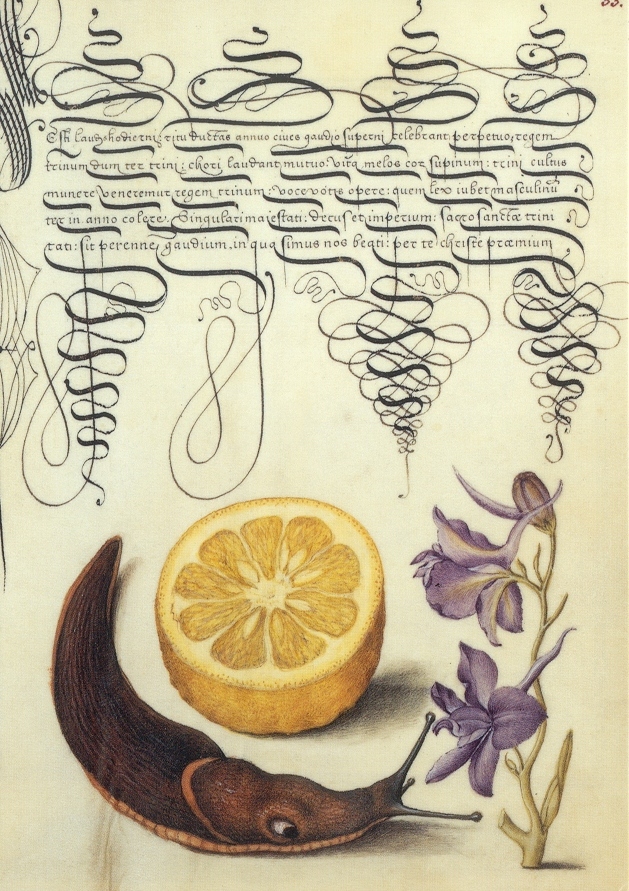
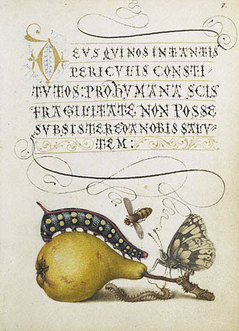
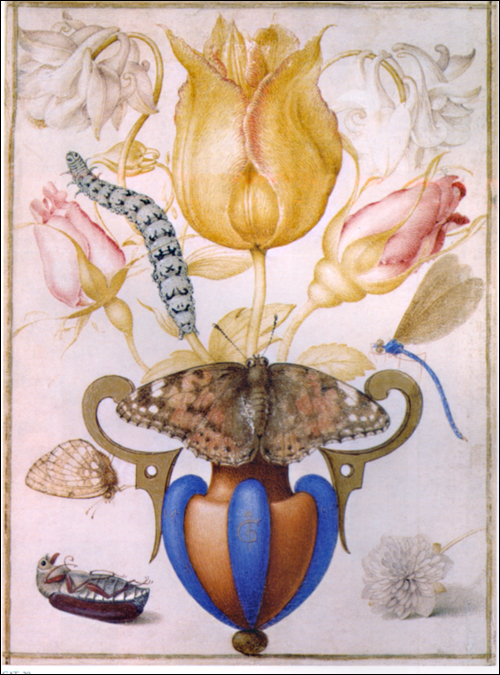

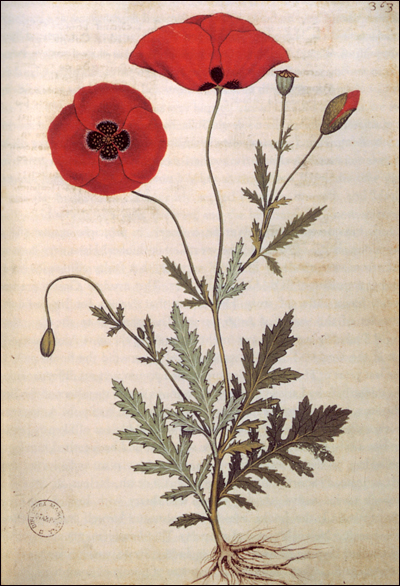
Benedetto Rinio
Italian herbalist who compiled one of the most well-known herbal encyclopedias of the era. Rinio's Liber de simplicibus, published in Venice in 1410, contained 440 illustrations by Venetian artist Andrea Amadio.
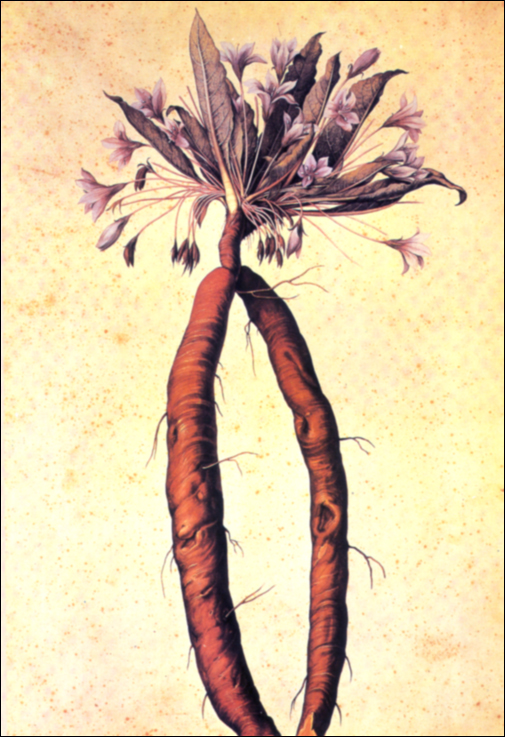
Jacopo Ligozzi (1547 - 1627) was an Italian painter, illustrator, designer, and miniaturist of the late Renaissance and early Mannerist styles.
Jacopo Ligozzi. 1440. Mandrake plant.
Botanical drawings were very important in the Age of Exploration. European explorers returned from their voyages to far corners of the world with thousands of new plant and seed samples. European landowners were able to cultivate many of these plants for their gardens, and they commissioned botanical artists to help document and publish their collections.
Maria Sibylla Merian (1647 - 1717) - German naturalist and scientific illustrator.
Maria Sibylla Merian. A painting showing the metamorphosis of a butterfly.1707. watercolor
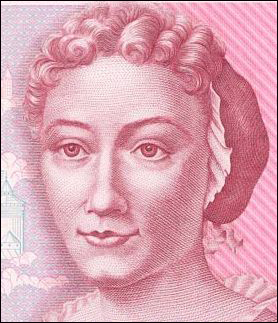
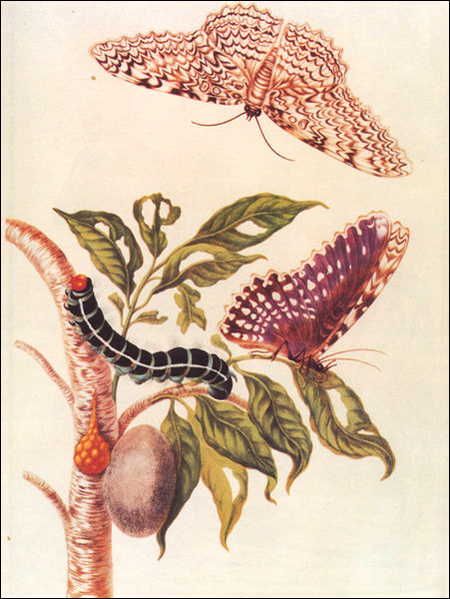
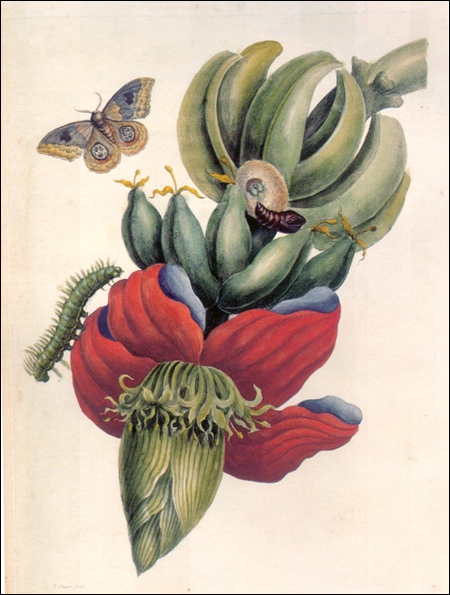
Daniel Rabel, French, (1578–1637). Official botanical illustrator and ballet set designer of the French court.
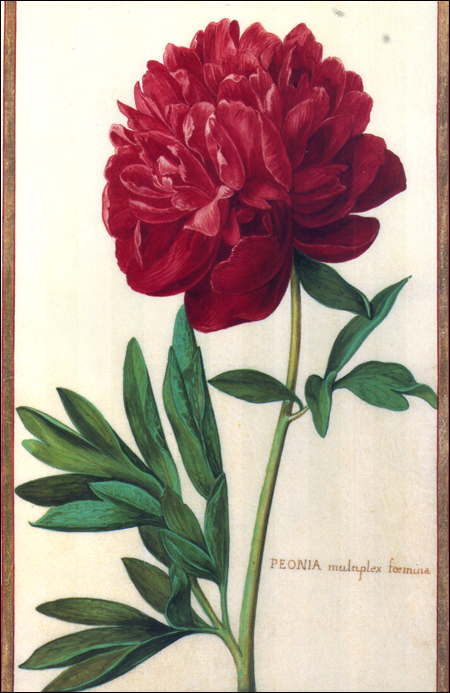
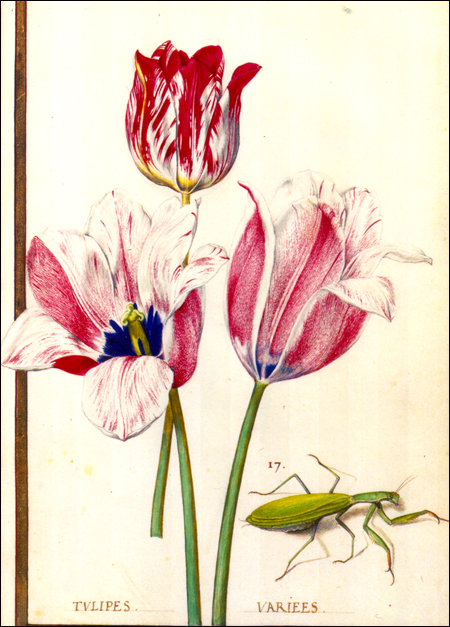
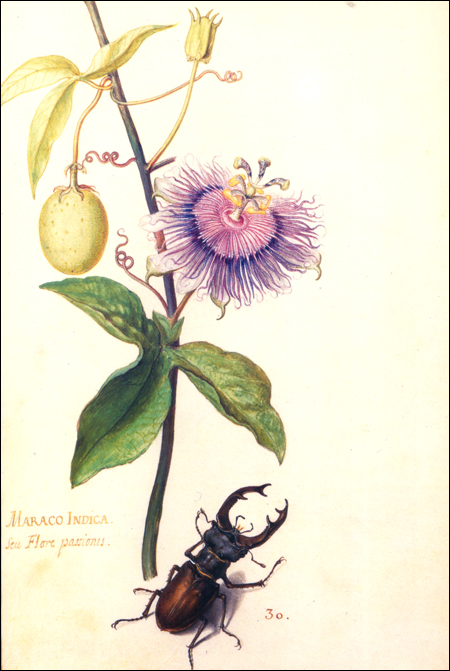
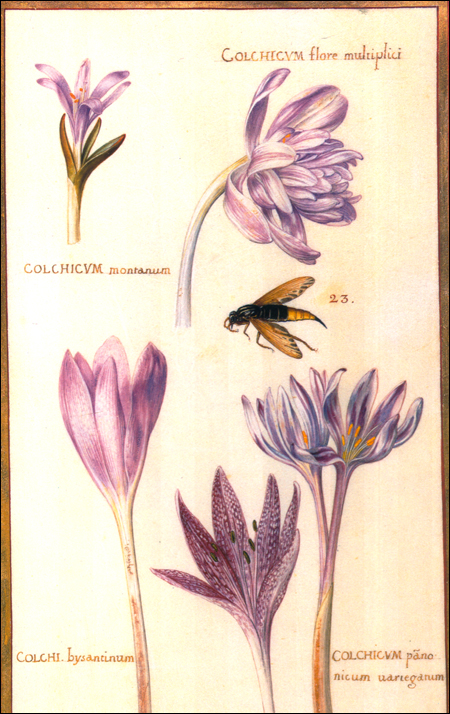
Joseph-Nicolas Robert (1797 - 1890)
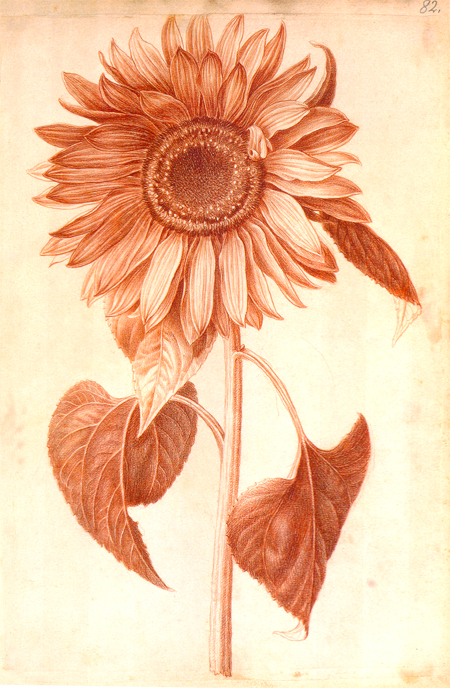
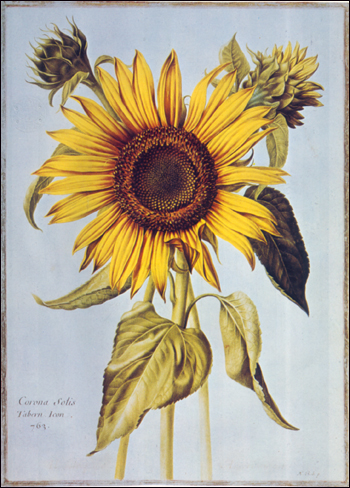
Prinz Eugen von Savoyen. Paris. 1670
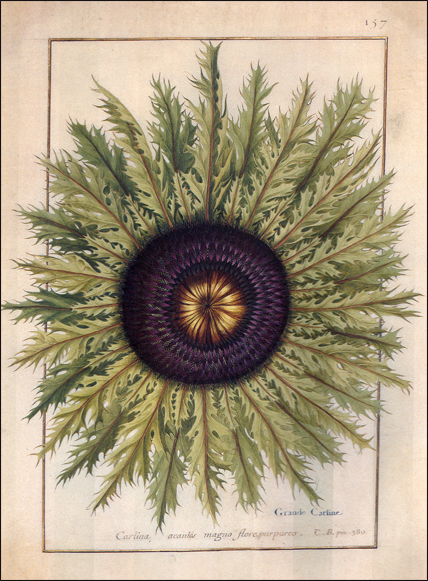
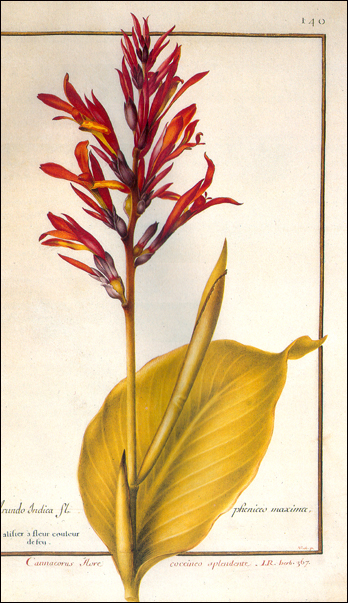
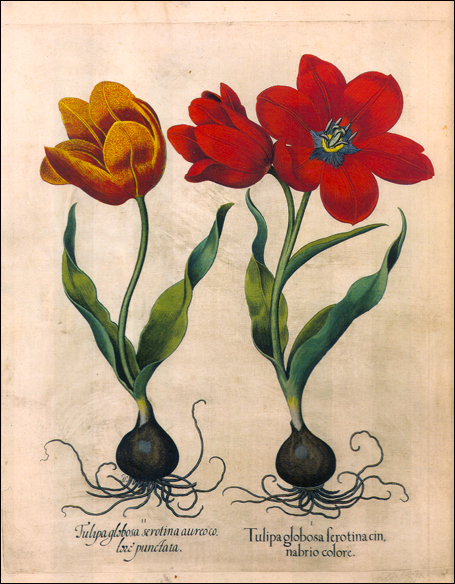
Basilius Besler (1561-1629)
German chemist, healer, and botanist, made the most extravagant of all flower books, portraying more than 800 flowers growing in the gardens of Eichstatt, Germany.
German chemist, healer, and botanist, made the most extravagant of all flower books, portraying more than 800 flowers growing in the gardens of Eichstatt, Germany.
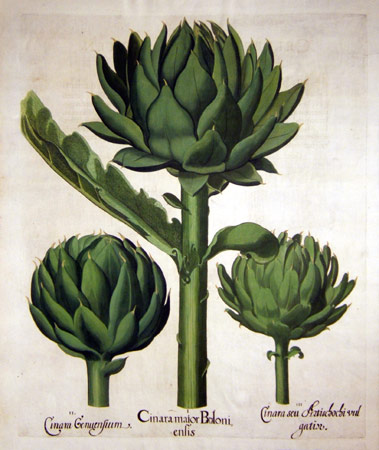
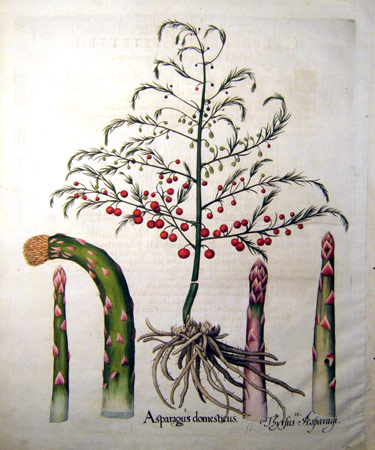
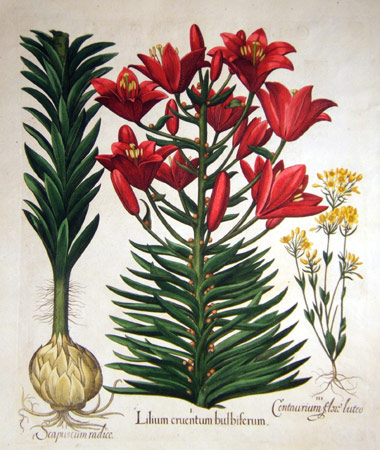
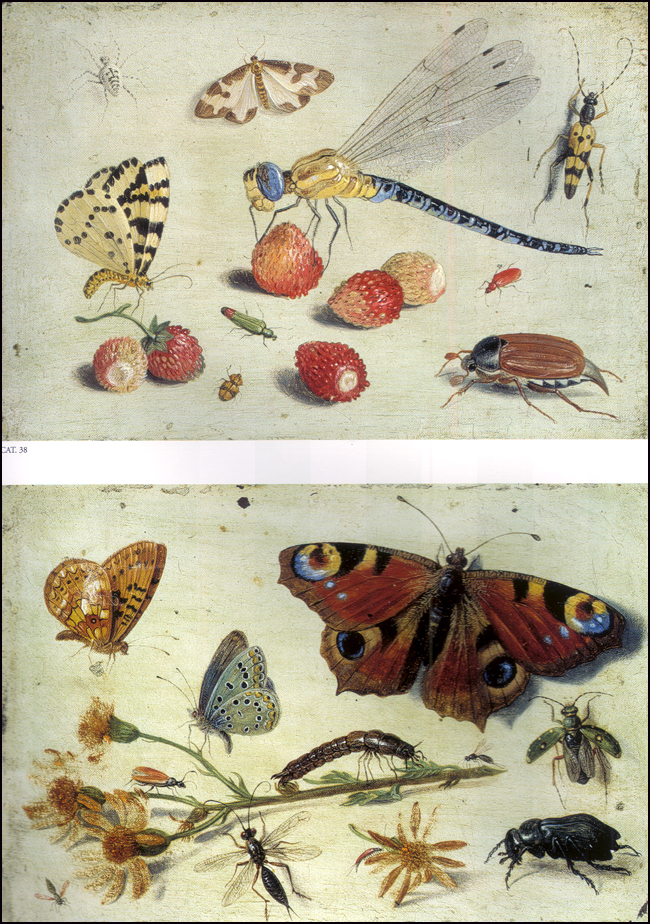
JAN VAN KESSEL, the Elder ( 1626 - 1679). Flemish painter